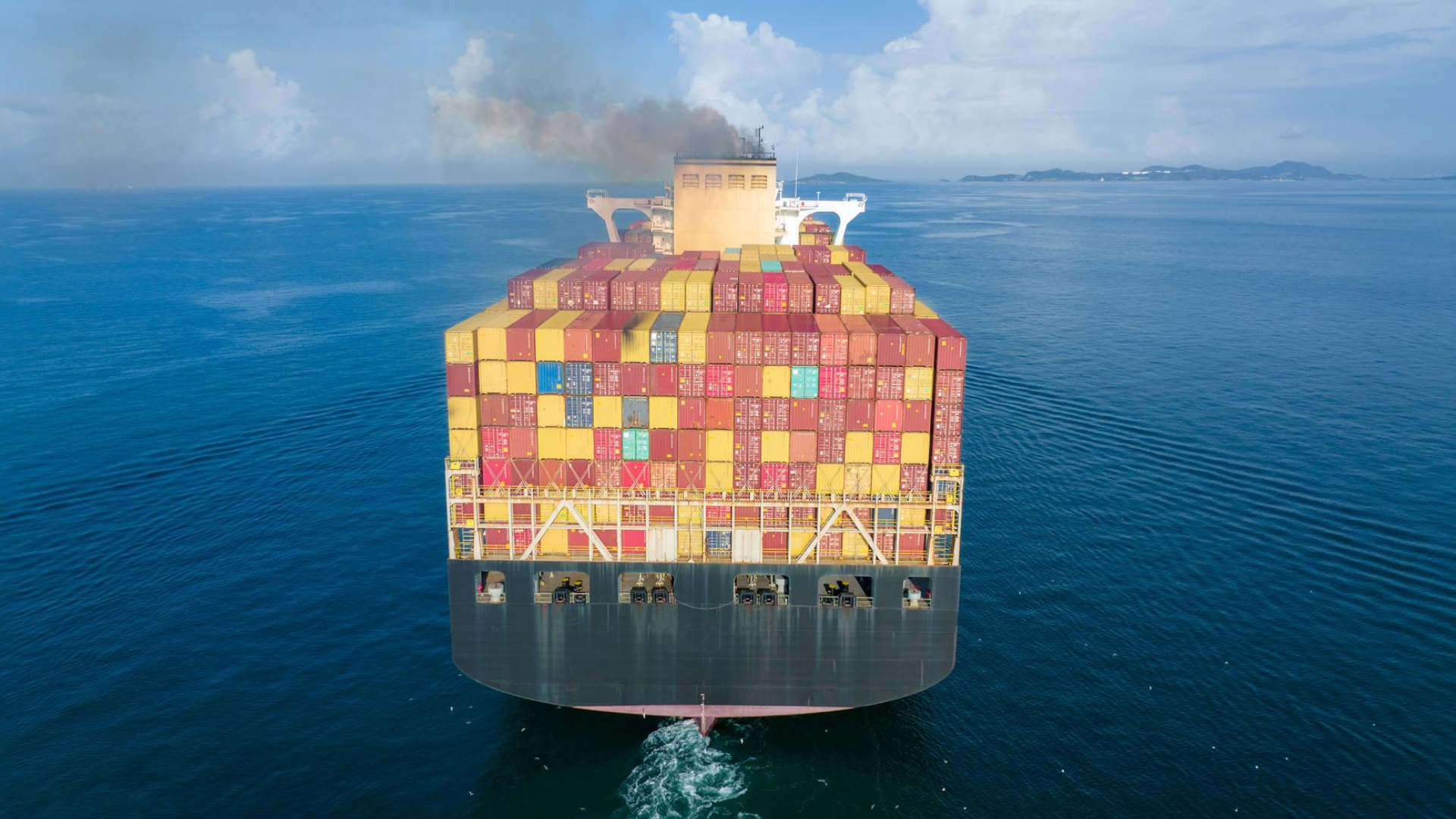THE International Maritime Organization revised its greenhouse gas strategy at its pivotal meeting last week, promising to shape global shipping as well as significantly impacting many other industries.
Following years of discussion and political maneuvering, the IMO has moved to retain its prominence as the global shipping regulator, but the UN agency needs to take further tangible steps to pave the way for shipping’s decarbonisation.
The IMO’s decision will be judged on how it triggers shipping companies to boost investment in some of the key decarbonisation strategies such as dual-fuel optionality and alternative fuel bunkering infrastructure, while energy producers will likely try to see whether the revised strategy sends the necessary demand signals from shipping for them to start producing zero GHG fuels.
Banks represented by the Poseidon Principles said they required a fully aligned strategy with 1.5°C, but it remains to be seen whether the compromise at the UN agency was sufficient for them.
We take a look at what the IMO’s decision will mean for different shipping stakeholders:
Shipping companies
The IMO’s revised strategy has effectively increased the threshold for shipping companies’ decarbonisation strategies, meaning it will act as a confirmation for first movers that their decision to order dual-fuel methanol vessels was the right one. The IMO now targets 5-10% uptake for zero or near-zero GHG fuels and energy by 2030.
Even the first movers might need to adopt more ambitious targets following MEPC80. One of the most important impacts of the new strategy could be shifting a higher number of newbuilding orders to adopt dual-fuel optionality, as a conventional fuel vessel’s future might be in doubt towards the end of 2030s without retrofitting.
The new strategy should also strongly encourage shipowners that have been requesting regulatory clarity to start investing in dual-fuel optionality and other energy efficiency measures.
Shipowners, charterers and ship managers will be closely watching the results of IMO’s discussions on technical and economic measures that are now expected to complement current short-term ones such as the Carbon Intensity Indicator. A global fuel standard could imply a stringent GHG reduction measure on shipping operations, as the EU’s proposal for this measure received positive feedback at MEPC80.
Energy companies
Fuel producers might opt to wait for a clearer demand signal from the deliberations around GHG pricing in the next couple of years, as final investment decisions for alternative fuel production will mostly rely on measures that will bridge the price gap between conventional fuels and alternative ones to ensure there will be demand from shipping.
The IMO must adopt a feasible GHG pricing mechanism to complement the global fuel standard to send the necessary signals from 2025. For now, fuel producers will likely tap regional support packages and legislations that offer incentives such as the US’ Inflation Reduction Act and EU’s FuelEU Maritime.
The IMO is also expected to play a key role in ensuring an equitable transition, suggesting it needs to do more to make sure developing countries receive the lion’s share from any funds that the UN agency might create in the future.
Member states adopted interim guidelines on the use of biofuels, paving the way for higher uptake of biofuel blending and 100% biofuel usage in bunkering. Energy companies could ramp up production to meet rising maritime demand on the back of this strong signal.
Banks
Shipping should be able to find the necessary debt financing for their decarbonisation targets following MEPC80. The ambitious 2040 target of striving to reduce GHG emissions by 80% should appease the lenders, ensuring more capital to be made available for shipping companies looking to reduce emissions.
To gain full support of financial institutions, the IMO needs to set clear technical and economic measures in the next two years, as financial incentives for first movers, least developed countries and small island developing countries could prove pivotal.
Meanwhile, the financial sector might need to align their metrics with the updated IMO strategy to tackle emissions, as previous metrics used by organisations such as the Poseidon Principles will likely be obsolete in the next couple of years. The Poseidon Principles currently uses the Annual Efficiency Ratio to calculate carbon intensity of vessels.







